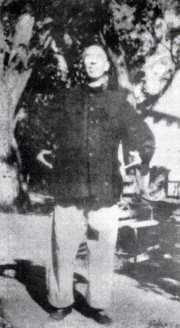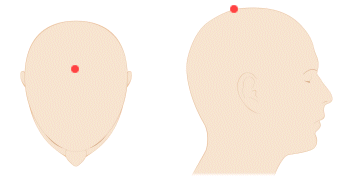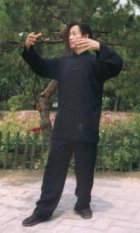 Introduction
Introduction
- Qigong (chi gong) is most often understood as a set of active exercises, guiding qi (chi) energy around the body through intention, movement, and sound. It is less well known that Qigong incorporates rigorous courses of standing and seated meditation. These active and passive, external and internal modalities are mutually supportive.
- One of the first goals of Qigong meditation is to reach a deep level of quietude within the mind and body. Sustained quiet allows a student to perceive increasingly subtle objects and movements inside their body.
- In a quiet meditative state, relationships and correspondences that were previously hidden or overlooked, become clear and credible. In other words, meditation allows for biofeedback training without the need for electronic biofeedback instrumentation.


